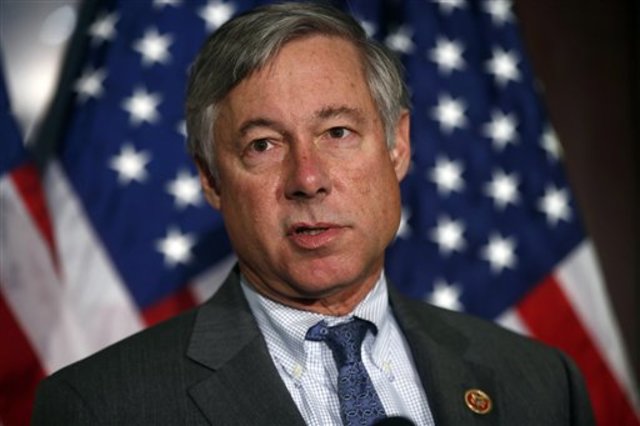-
Tips for becoming a good boxer - November 6, 2020
-
7 expert tips for making your hens night a memorable one - November 6, 2020
-
5 reasons to host your Christmas party on a cruise boat - November 6, 2020
-
What to do when you’re charged with a crime - November 6, 2020
-
Should you get one or multiple dogs? Here’s all you need to know - November 3, 2020
-
A Guide: How to Build Your Very Own Magic Mirror - February 14, 2019
-
Our Top Inspirational Baseball Stars - November 24, 2018
-
Five Tech Tools That Will Help You Turn Your Blog into a Business - November 24, 2018
-
How to Indulge on Vacation without Expanding Your Waist - November 9, 2018
-
5 Strategies for Businesses to Appeal to Today’s Increasingly Mobile-Crazed Customers - November 9, 2018
House bill would speed drug approvals, boost research
“n”>The U.S. House of Representatives on Friday passed a sweeping bill to speed new drugs to the market after lawmakers defeated last-minute amendments that threatened to derail it. It now awaits movement on two fronts: the Senate, where similar legislation is under consideration, and, ultimately, the appropriations committees, which must take the directives of the bill and turn them into hard dollars.
Advertisement
The chamber’s 344-77 vote sent the measure to the Senate, where a bill is unlikely until later this year.
The House bill would increase spending for the National Institutes of Health, which finances much of the country’s biomedical research, by $8.75 billion over the next five years.
The legislation would also make changes to specific pharmaceutical marketing practices by allowing drugmakers to share off-label economic data about their products with payers and formulary committees as well as again carving out an exemption for continuing medical education so that some CME activities would be exempt from disclosure in the Open Payments database. The bill was backed by the pharmaceutical, biotechnology and medical device industries and research universities. And although it continues to enjoy the backing of hundreds of industry, research, and patient organizations, some scientists and advocates are asking whether the effort to speed cures to patients might unintentionally compromise their safety.
To incorporate patient preferences into regulatory decision-making, the bill would establish a Patient-Focused Drug Development program. Adjusted for inflation, the institutes’ $30.1 billion annual budget is about 20 percent smaller than it was in 2003.
Yoder, who was elected to Congress in 2010 with strong tea party support, said the bill is consistent with the fiscally conservative principles that defined his campaign.
The bill would give the FDA $110 million more annually over that period. It’s also highly unlikely that research funds for the NIH and the FDA would have any practical effect on abortion access, the aide said.
Harris, the only current member of Congress who has conducted NIH-funded research, drafted several of the provisions, including the creation of an innovation fund that would be targeted at investing more money in young investigators and high-risk projects that can lead to breakthroughs. Meanwhile, the average age at which a scientist with a medical degree gets her first of these grants has risen from just under 38 years old in 1980 to more than 45 in 2013.
Republicans also faced criticism from their right flank.
Holler says those estimates are misleading because they assume that the five-year funding increases for NIH and FDA won’t become permanent.
The bill would streamline clinical trials and provide incentives for companies to research and repurpose drugs approved to treat rare diseases.
Advertisement
But in recent days, some other stakeholders have expressed concerns that the bill could actually be unsafe from a patient safety perspective by relaxing certain FDA regulatory hurdles (such as allowing for the use of surrogate endpoints and antibiotic approvals based on early-stage clinical trials). Democrats indicated they would not oppose the underlying bill over the issue given that the abortion funding restrictions already are in place in federal law. A new 12-year US study published Tuesday, January 6, 2015, in the Journal of the American Medical Association shows complications including deaths are uncommon from procedures that include IVF.




























